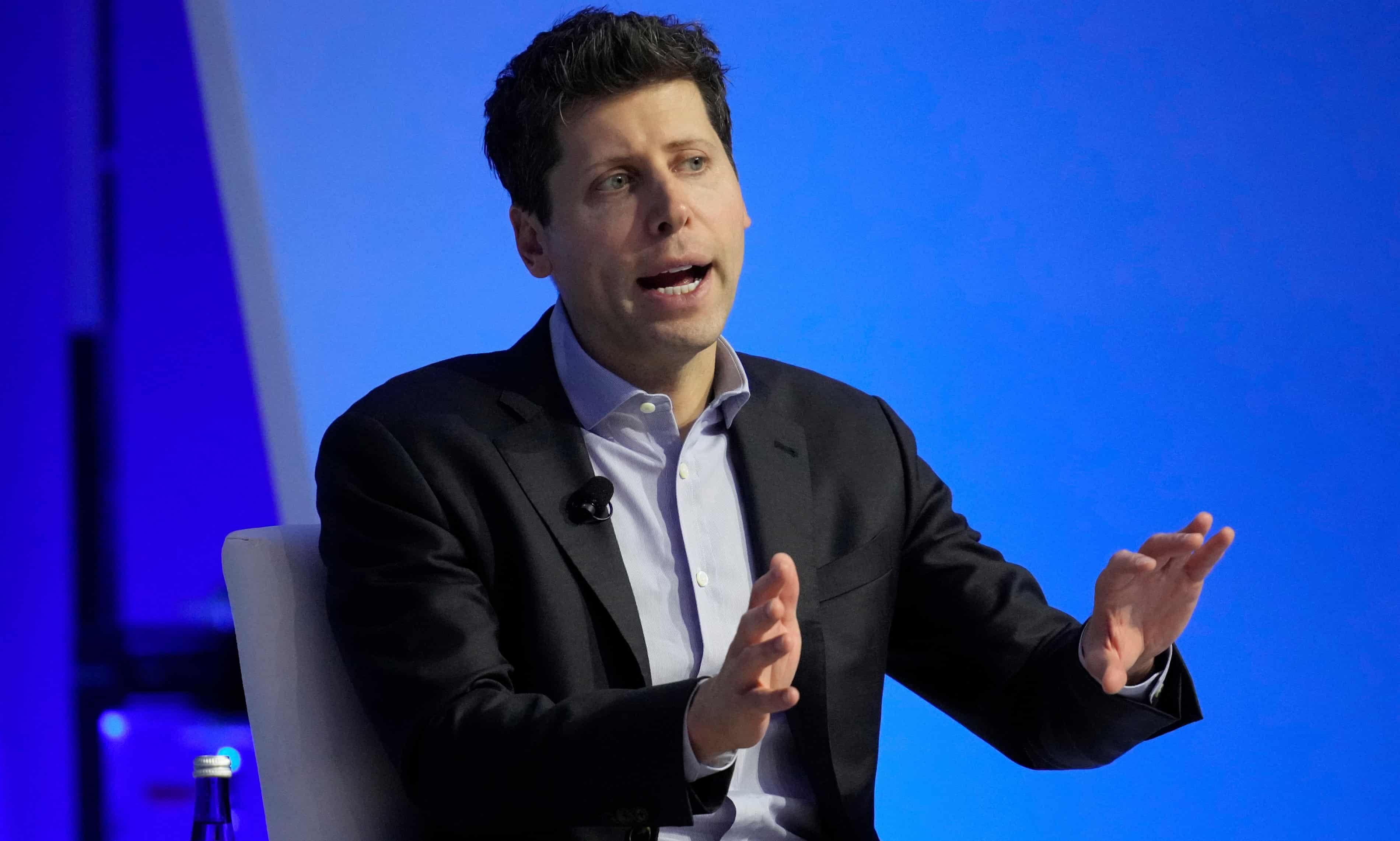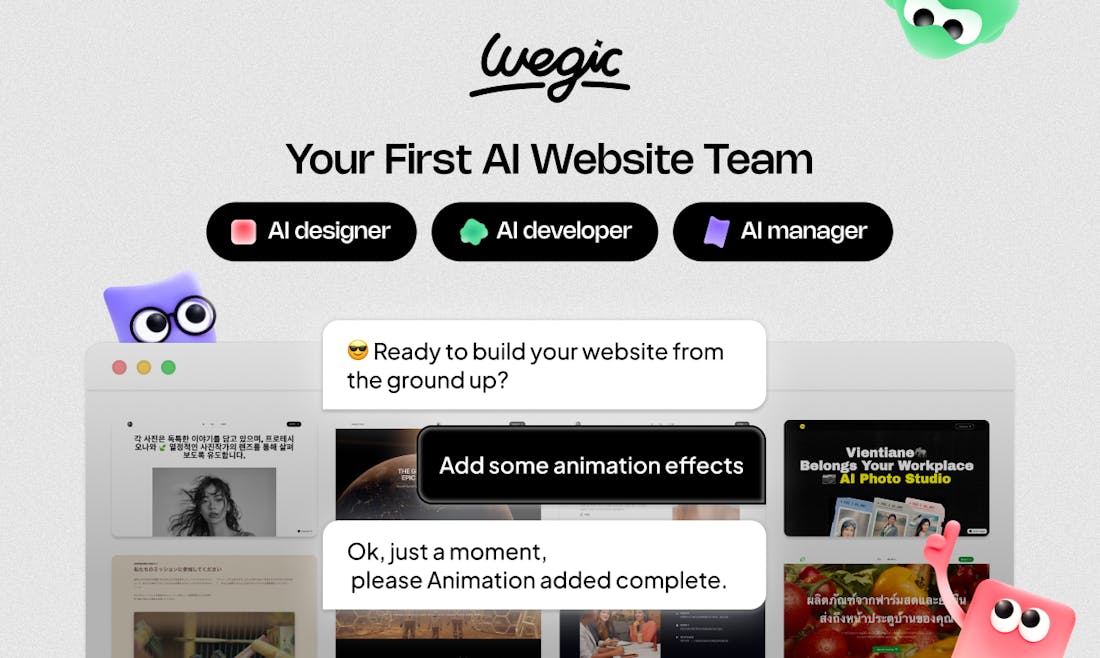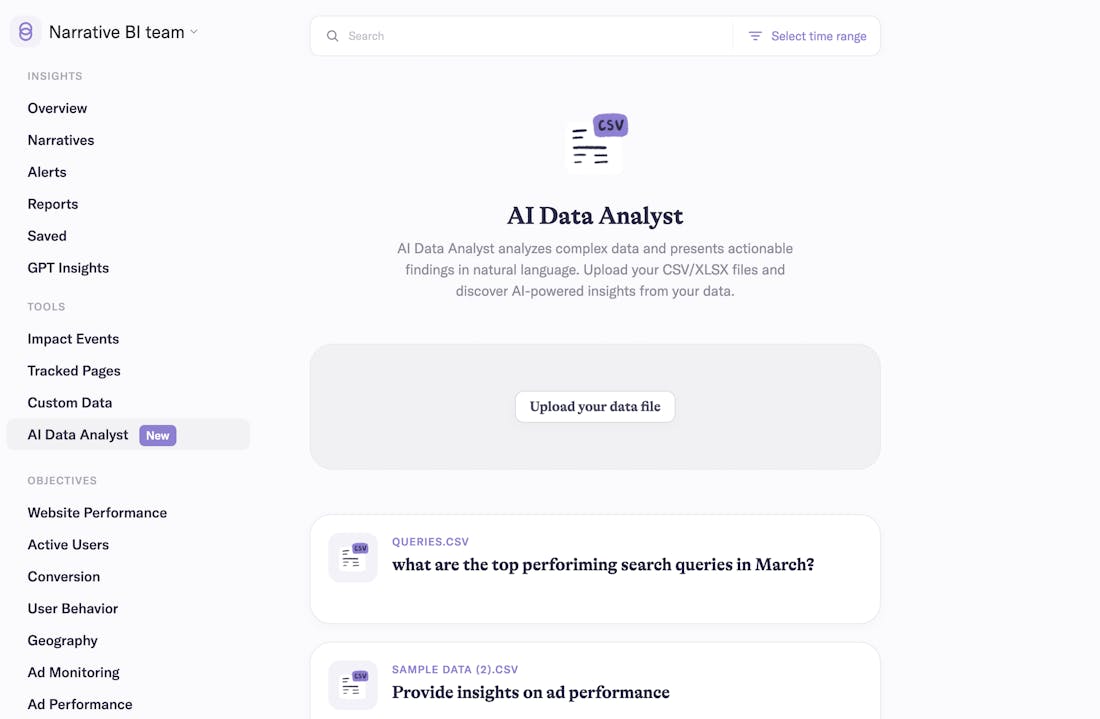- Superpower Daily
- Posts
- Nvidia announces $3,000 personal AI supercomputer called Digits
Nvidia announces $3,000 personal AI supercomputer called Digits
Google is building its own ‘world modeling’ AI team for games and robot training
In today’s email:
🧑💻 ‘Virtual employees’ could join the workforce as soon as this year, OpenAI boss says
💣 Man who exploded Cybertruck in Las Vegas used ChatGPT in planning, police say
📜 Did OpenAI's O1 decipher the Indus Valley Script?
🧰 7 new AI-powered tools and resources. Make sure to check the online version for the full list of tools.


:format(webp)/cdn.vox-cdn.com/uploads/chorus_asset/file/25820684/Screenshot_2025_01_06_at_11.08.31_PM_1_2_.png)
Nvidia has unveiled a groundbreaking personal AI supercomputer, Project Digits, during its CES 2025 keynote. Powered by the innovative GB10 Grace Blackwell Superchip, this desktop-sized system boasts the capability to handle AI models with up to 200 billion parameters. Starting at $3,000, Project Digits brings high-performance AI computing to individual developers, researchers, and students. Compact enough to fit on a desk and energy-efficient enough to run from a standard outlet, it democratizes access to advanced AI tools previously limited to larger, power-hungry systems.
The hardware specifications of Project Digits are impressive. Each unit includes 128GB of unified memory and up to 4TB of NVMe storage, far surpassing the typical capabilities of consumer-grade laptops. The GB10 chip delivers up to 1 petaflop of AI performance at FP4 precision, enabled by Nvidia's latest CUDA and Tensor cores, as well as its advanced NVLink-C2C technology. Developers can connect two Digits systems for even greater processing power, allowing them to tackle AI models with up to 405 billion parameters. Nvidia has also collaborated with MediaTek to optimize the chip for both performance and energy efficiency.
In addition to its powerful hardware, Project Digits offers access to Nvidia's rich AI software ecosystem. It runs on the Linux-based DGX OS and supports popular frameworks like PyTorch and Jupyter notebooks, making it developer-friendly. Pre-trained models and development tools from Nvidia's NGC catalog, along with frameworks like NeMo and RAPIDS, streamline workflows for machine learning, natural language processing, and data science. The system allows users to develop and test locally before deploying to cloud or data center infrastructures, all within Nvidia's Grace Blackwell architecture. This announcement follows Nvidia's earlier release of the Jetson Orin Nano Super, signaling its commitment to making AI more accessible across various use cases and budgets.
Supercharge your productivity with HubSpot's comprehensive guide. This free resource is your fast track to AI mastery:
Industry-Specific Use Cases: 15+ real-world applications across various sectors
Productivity Guide: 21 best practices to 10x your efficiency with AI
Prompt Powerhouse: 100+ ready-to-use prompts for immediate implementation
Challenge Buster: Overcome common AI hurdles with expert strategies
Plus, in-depth sections on email composition, content creation, customer support, and data analysis.
:format(webp)/cdn.vox-cdn.com/uploads/chorus_asset/file/25263501/STK_414_AI_A.jpg)
Google is forming a new AI research team within DeepMind to develop models capable of simulating the physical world. Tim Brooks, previously a co-lead on OpenAI’s video generator Sora, will lead the effort after joining Google DeepMind in October. In a post on X, Brooks outlined the team’s mission to create generative models that tackle challenges like visual reasoning, simulation, and interactive entertainment. The initiative will build on Google’s existing AI projects, including the Gemini multimodal models, the Veo video generation platform, and the Genie series of 3D world simulation models. Job descriptions indicate that the team aims to scale these models to high levels of computational complexity and develop real-time interactive generation tools.
World models, which simulate games, 3D environments, and real-world scenarios, are gaining traction across the tech industry, with companies like Fei-Fei Lee’s World Labs, Odyssey, and Decart exploring the technology. Proponents see applications in robotics training, interactive media, and simulation-based planning, with some hailing them as a step toward artificial general intelligence (AGI). However, creative professionals have voiced concerns, citing job disruptions and ethical issues. A 2024 study by the Animation Guild projected over 100,000 U.S. film, TV, and animation jobs could be impacted by AI by 2026. While startups like Odyssey have pledged collaboration with creatives, the industry is wary of widespread automation.
Legal and ethical challenges also loom, particularly regarding copyright. Some world models are reportedly trained on unlicensed video game footage, raising concerns over potential lawsuits. Google claims it has the right to train its models using YouTube videos under the platform’s terms of service but has not disclosed specific sources. The emergence of world models brings both excitement and apprehension, leaving open questions about their impact on creativity, labor, and intellectual property rights.

Sam Altman, the CEO of OpenAI, has predicted that virtual employees—autonomous artificial intelligence agents—could start transforming workplaces as early as this year. Writing in a recent blog post, Altman noted that these agents, capable of independently carrying out tasks such as scheduling or writing code, have the potential to significantly enhance business output. OpenAI is reportedly set to launch its own AI agent, codenamed "Operator," which will autonomously perform actions like booking travel or coding. Microsoft and McKinsey are among the early adopters of similar tools, with McKinsey projecting that up to 30% of hours worked in the U.S. could be automated by 2030.
Altman’s blog also expressed confidence in OpenAI's ability to develop artificial general intelligence (AGI), systems that exceed human-level intelligence. He highlighted OpenAI’s broader vision of creating “superintelligence,” which he described as tools capable of accelerating scientific discovery and innovation at unprecedented scales. Altman emphasized the transformative potential of superintelligence to create widespread prosperity and abundance, positioning it as the company’s ultimate goal. Microsoft, OpenAI’s largest backer, has also introduced AI-driven tools like Copilot Studio, while rivals like Anthropic continue advancing AI agent capabilities.
The blog post and a recent interview with Bloomberg also touched on Altman’s ongoing feud with Elon Musk, who co-founded OpenAI before leaving over internal disagreements. Altman predicted Musk would continue legal battles against OpenAI, accusing the company of prioritizing profit over safety. Despite their fractious relationship, Altman dismissed concerns about Musk leveraging political influence through his association with Donald Trump to harm competitors. Instead, he characterized Musk’s contentious actions as consistent with his public persona, describing him as unpredictable but not overtly malicious in business rivalries.
Other stuff
Man who exploded Cybertruck in Las Vegas used ChatGPT in planning, police say
Did OpenAI's O1 decipher the Indus Valley Script?
How I program with LLMs
Google unveils an AI-powered TV that summarizes the news for you
Sam Altman’s family responds to lawsuit alleging he sexually assaulted his sister
AI means the end of internet search as we know it
People are using AI video generator Runway to post extremely violent Minionfied videos to social media.
All your ChatGPT images in one place 🎉
You can now search for images, see their prompts, and download all images in one place.


Journals AI - 30-day Journals Tailored To You

Avataar - create AI-generated videos for products

Ragie Connect - Build RAG applications on your user data

Jellypod - Create customizable, AI podcasts in minutes

Wegic - Your first AI website team

NBI.AI - The AI Data Analyst

Bakery By Bagel - Monetizable open-source AI


Unclassified 🌀
WFH Team - Work from anywhere in the world
Writer RAG tool: build production-ready RAG apps in minutes
RAG in just a few lines of code? We’ve launched a predefined RAG tool on our developer platform, making it easy to bring your data into a Knowledge Graph and interact with it with AI. With a single API call, writer LLMs will intelligently call the RAG tool to chat with your data.
Integrated into Writer’s full-stack platform, it eliminates the need for complex vendor RAG setups, making it quick to build scalable, highly accurate AI workflows just by passing a graph ID of your data as a parameter to your RAG tool.

How did you like today’s newsletter? |
Help share Superpower
⚡️ Be the Highlight of Someone's Day - Think a friend would enjoy this? Go ahead and forward it. They'll thank you for it!
Hope you enjoyed today's newsletter
Did you know you can add Superpower Daily to your RSS feed https://rss.beehiiv.com/feeds/GcFiF2T4I5.xml
⚡️ Join over 200,000 people using the Superpower ChatGPT extension on Chrome and Firefox.
OR


